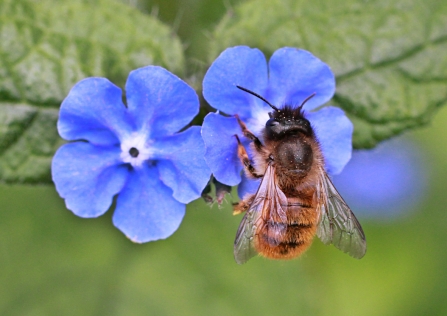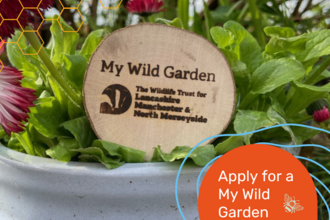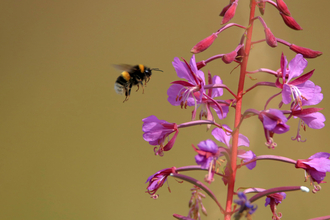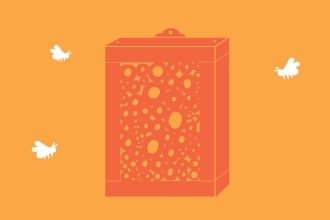Gardens, bees, and a timeless message
This month we're looking back to Spring 1998, when Lapwing contributor Jennifer Newton wrote a beautiful reflection on the power of gardens to support native bees. Over 25 years later, her message still feels as fresh and as urgent as ever.
In this article, Jennifer shares her garden observations from her own garden: the sight of queen bumblebees buzzing low over the soil in early spring, searching for nesting spots; the delicate red mason bee filling nooks and crannies with mud; and the quiet joy of discovering how many different species rely on flowers that bloom right outside our doors.
Even in the 1990's, Jennifer raised concerns about the loss of traditional meadows and the growing importance or urban spaces. Her call to action was simple: by planting a range of nectar-rich flowers and leaving wild corners undisturbed, we can all give bees a better chance to thrive.










